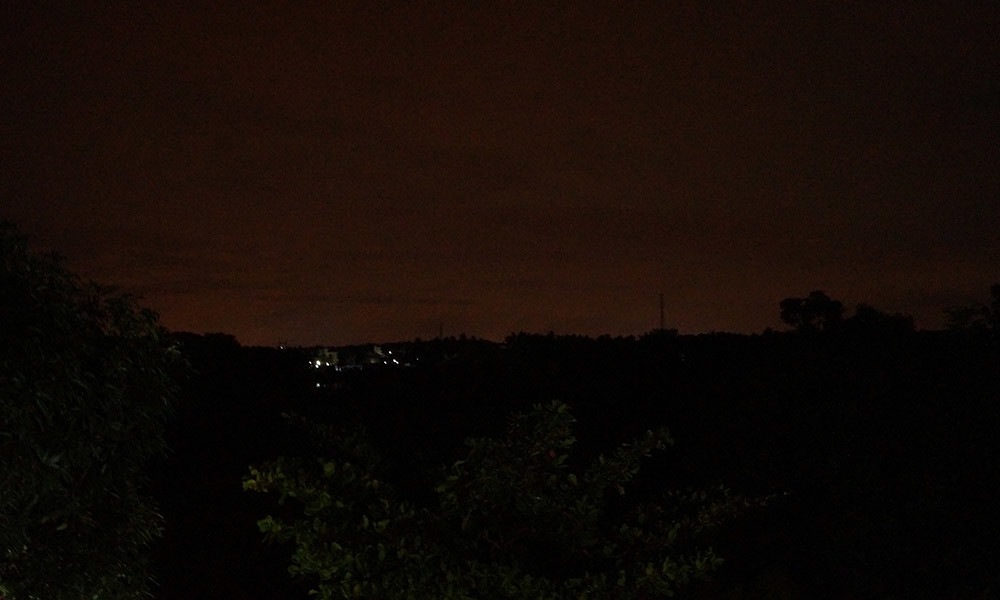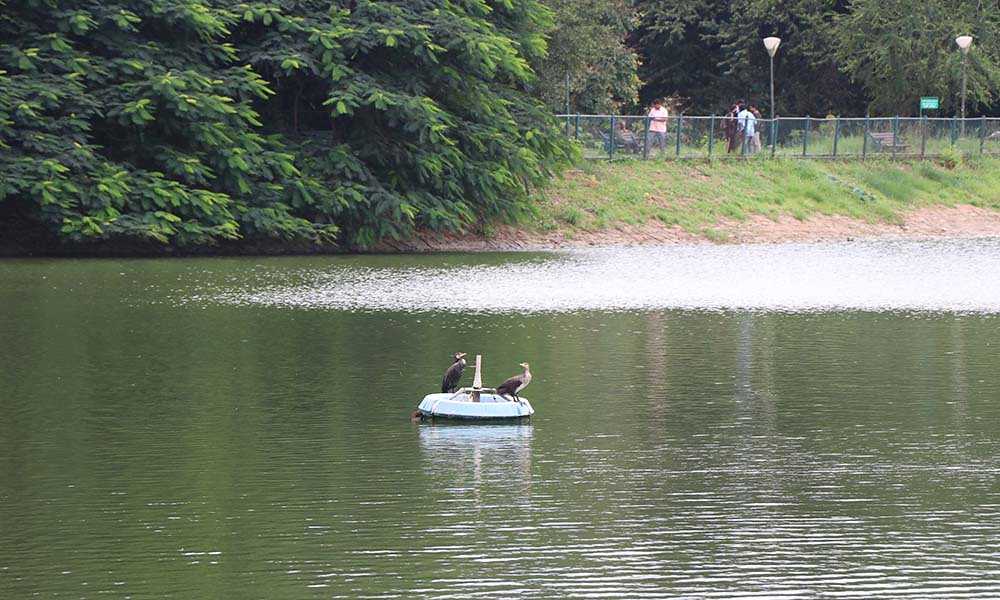Experts say that migratory birds have decreased by 80 to 90 percent over the last three to four decades
There has been a fall in the number of migratory birds due to an increase in artificial lights such as streetlights and bulbs. Karnataka is home to 35 percent of bird species in India, according to an article by the Karnataka Department of Tourism. In 2021, Karnataka was host to 477 species of birds and in 2022 the number decreased to 464 species, according to eBird database. “The high-rise buildings and offices which do not work at night should switch their lights off as it can help in reducing light pollution,” said Dr. Krishna, an ornithologist in Bengaluru.
Dr. Krishna said, “Compared to the early 90’s (1987-1996) the number of water birds have decreased by 90 percent and land bird population has also decreased by 80 percent.” Land birds include species that spend majority of their lives in terrestrial environments, and water birds include species that swim or walk in water, especially lakes and rivers.

United Nations Environment Programme’s report shows that light pollution is increasing by two percent every year, globally, while India ranks 168 out of 180 in the Environmental Performance Index 2018. A study by Florida Atlantic University states that artificial light that emits light pollution hides the navigation markers of the migratory birds.
Natural light is light from natural objects like sun; whereas, light pollution is caused by man-made sources of light like streetlights, automobiles, tall buildings, which are designed poorly and obstruct the surrounding. It has been noted that roadway lights produce about 35 percent to 50 percent of light pollution, states a study on light pollution as an emerging environmental concern in India. This affects their instinctive behaviour and they are drawn towards tall buildings in urban areas.
Dr. M R Chandrashekar, Deputy Director of Horticulture said, “Generally birds arrive in the evening. If there is any noise pollution or light pollution, they think that enemies are near them. That is why we should use small lights. Migratory birds mainly come to lake areas, 137 birds migrate to Karnataka”

A report by ‘All About Birds’ says that birds migrate in search of food and shelter, their migration is triggered by changes in day length, lower temperatures, and genetic predisposition. Their travel route is guided by the compass information from the sun, the stars, and by sensing sun from landmarks seen during the day. However, the mechanisms initiating migratory behaviour vary and cannot be completely understood.
Dr. Chandrashekar said, “The number of migratory birds is not declining and generally nothing is done to preserve the park and lakes. We can’t do anything, so we go for biological preservation. They do need maintenance but bio-diversity needs less human interference. Migration is declining because birds are searching for new habitation.”
Dr. Subbu Subramanya, retired professor of Botany at University of Agricultural Science, Bengaluru said, “Parks and lakes should dim their lights at night, so that birds can rest easily without any fear. And parks should use the technique of shelter belt.” He explained that shelter-belt means adding a thick vegetation of trees on the boundary wall of parks so that light does not spread too much.
Bangalore has lost nearly 80 percent of its green cover. The depleting forest cover increases the penetration of light, thus decreasing the habitat for birds and causing less migration.





Very relevant article considering India’s ranking.
This is fantastic. The kind of information this thing provided is amazing. I would really like to see more of these.
very informative! Keep writing good stuff!